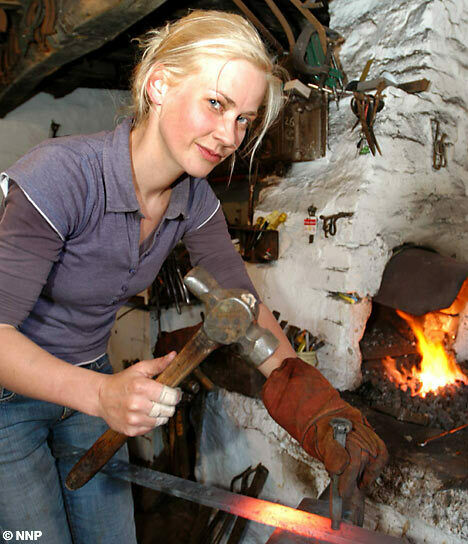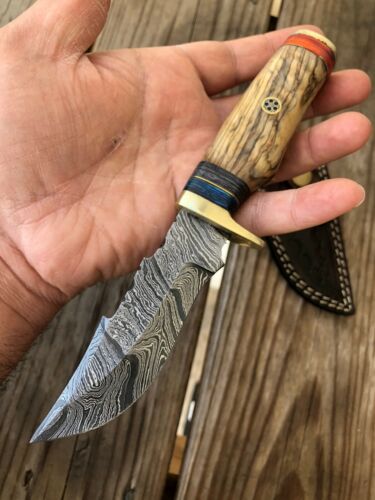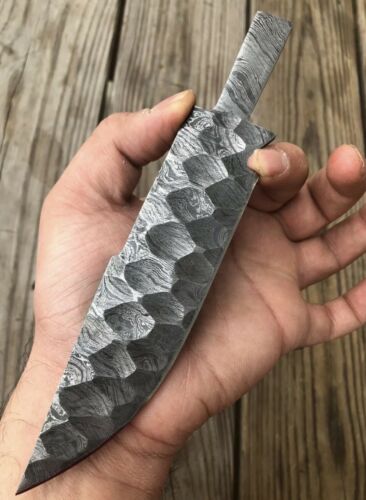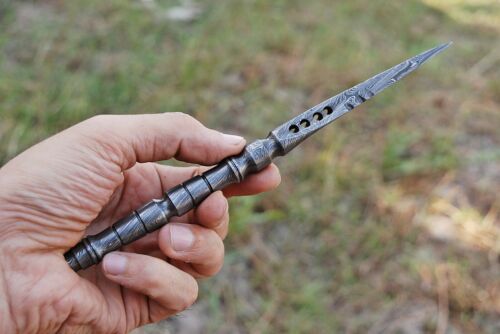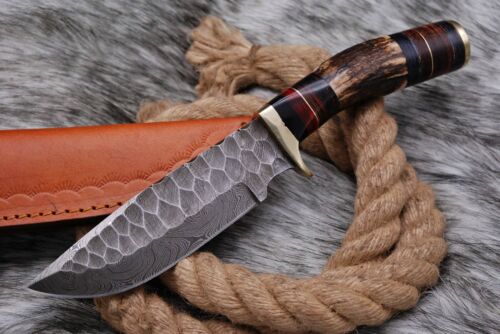-40%
If you collect valuable knives, you should consider an Ingot of Pure Copper
$ 26.37
- Description
- Size Guide
Description
You can buy shining new ounce of Gold for ,000 but how are you going to get change at a gas station if you ever need a tank of gas and things are going to heck in a row boat.There is no question about it, the prices of everything is skyrocketing.
Houses, cars and yes, even coins.
Gun sales are through the roof, ammunition if you can buy it, cost more than the old lone rangers silver bullets and gasoline is getting as hard to find as toilet paper during a pandemic.
If it does hit the fan and all you got is that shining new Gold piece and try to pull into a gas station for a few gallons
, how are you going to get change?
Cut it in half?
Probably not.
That’s when it is time to consider having some copper.
Yes, copper is the security blanket when things hit the fan.
Yet for millenniums, it was the one ingredient that gave us the Bronze age, the one thing needed to make swords and armor.
Without some
genius melting down copper, you would never have bronze or Brass
.
Remember, no brass, no bullets.
Without copper, you don’t have any of it.
Welcome to the world of inflation.
You want free stuff?
The government just turns on the printing presses and bingo, you have ,000 stimulus checks that only cost each taxpayer ,319 for every man woman and child in the United States.
The way that the Federal Reserve Bank in the past has stopped inflation is simply to raise interest rates.
Under Jimmy Carter, they raised it 20% and under Nixon, they froze raises so the only way to make more money was to switch jobs.
Under Obama, they simply turned on the Printing Presses and called
it Quantitative Easing and crashed the economy.
Houses dropped fifty percent in value and things quickly went to hell in a row boat.
Those were not the good old days boys and girls and where we are headed now, remains for the plot of a cheap novel.
Copper Ingots Two pound plus
We are selling more than just a hunk of Copper.
We are selling a piece of History and preserving a lost art.
You can buy a shining new copper bar made from electrical house wire with questionable origins or you can purchase a solid Pure Copper Ingot from the tailings pile mined in 1863 at the Vulture Mine in Wickenburg Arizona with a certificate of Assay certifying the weight, purity and type of precious metal AU copper.
The ghost town of Signal Arizona sits half way between Wickenburg and Kingman Arizona. Our assay office sits on a Twenty Acre mine one mile away from Signal, AZ on a hill overlooking the graveyard going all the way back to 1865.
The town of Signal was established as a way station, stagecoach line and supply hub for the Vulture Mine.
We purchased the tailings from the Vulture mine in June of 1988 from the A.F Budge (Mining) Limited in Scottsdale Arizona and transported over a hundred tons to our Blacksmith School. It assayed at 1% meaning that we will get one ton of copper for each hundred tons of ore. To produce a two pound Ingot over two hundred pounds of ore must be processed by hand.
The School was established in 1865 by a returning Civil War Veteran.
Being a Black Smith is an art.
Not everyone can do it.
There are three levels that require perseverance, skill and determination.
Not everyone has that and the ones who do, succeed in their craft.
When you think of a blacksmith, you usually think of the Wild Wild West.
It is much older than that.
The art goes back thousands of years to those who crafted swords, chariots and even shoes for a horse.
When man crawled out of a cave and ushered in the Bronze Age, Civilization flourished.
Without it, we would still be huddled around a fire and wondering where out next meal might come from.
It gave us arrows, it gave us spears and finally, it gave us bullets.
The Bronze Age
Bronze
, alloy traditionally
composed of
copper and tin.
Bronze
is of exceptional historical interest and still finds wide applications. It was
made
before 3000 bc.
Copper gave us the Bronze age and copper gave us Bullets.
Without Copper and tin, we would have no civilization as we know it.
Without someone who figured out you could melt the stuff at 1,984 degrees Fahrenheit and then mold it into what became useful, we would have no progress.
The number of people you know of that is capable to take metal to a temperature of over Two Thousand Degrees can be counted on your right hand.
It is truly an art and it requires skill.
We partner with a school that teaches this dying art.
They specialize in making knives and swords.
The kind of swords that were used by Samurai and going back 2.500 years.
Fifty years ago, a rare and unusual sword was found in a tomb in China. Despite being well over 2,000 years old, the sword, known as the Goujian, did not have a single trace of rust. The blade drew blood when an archeologist tested his finger on its edge, seemingly unaffected by the passage of time. Besides this strange quality, the craftsmanship was highly detailed for a sword made such a long time ago. Regarded as a state treasure in China today, the sword is as legendary to the Chinese people as King Arthur's Excalibur in the West.
To make a sword that last 2,000 years is not something the average run of the mill Black Smith can accomplish.
The school I represent teaches a Dying Art.
You can not apply for apprenticeship there, you must be asked to join the team.
It takes seven years to complete the process to become a Master Craftsman, a length of time usually reserved for a PhD at a major University.
You study the art of Metallurgy, science of
Chemistry
and
the study
of matter's composition, structure, and properties and then you prefect it into a work that will last the test of time.
This leads us to the source of the material that goes into the legend.
It comes from a small town in Arizona called Wickenburg.
It is the stuff that legends are made of.
It all starts from a block of copper from the richest Gold mine ever discovered in Arizona.
The mine began in 1863 and became the most productive gold mine in Arizona history. From 1863 to 1942, the mine produced 340,000 ounces of gold and 260,000 ounces of silver.
In case you are wondering, that is over 0,000,000 in the current market value of Gold.
The copper however was simply thrown on the “tailings pile” as it only brought a few pennies per ton in the Eighteen Sixties.
That’s where we come in.
We bought hundreds of tons of tailings from the previous owner and have been removing the pure copper since 1988 when we acquired the ore and separated the copper using the same methods they did in 1865,.
Assayer Transaction
The California gold rush phenomenon of 1849 warranted an efficient means for miners to convert their hard-earned raw gold, silver and copper into a form that was readily accepted. This necessity caused the advent of the private monetary ingots. Assayer ingots soon became the standard method to deal with the massive flow of new California precious metals during the Gold Rush. Since the value of the Gold, Silver and Copper far exceeded the worth of paper money, a new form of value had to be established.
The Assayer Ingots soon became known as Blocks or Ingots as they were called.
First, a miner would stockpile a cache of raw gold dust, nuggets, silver and copper. Then, based on word–of-mouth reputation, location and fees, the miner would select one of the competing assaying offices. The miner would deposit his bag of gold and get a written receipt with the assayers’ inventory identification number and a gross weight. It was customary for the miners to return within 24 hours to pick up their refined ingot. Ingots were cast in One Pound, Kilo (2.2 pounds) and five Pound Bars.
An Ingot much larger than that became difficult to move from camp site to camp site. The most respected Assay Office in 1865 was located at Signal, now a ghost town near Wikieup, off of
U.S. Highway 93 due North of Wickenburg.
The assayer would melt the raw gold and refine-out impurities and base metals such as iron. What remained was gold and silver. Gold ingots of this form arc called “unparted” gold ingots. The molten precious metal was poured into a mold of a size that corresponded to that miner’s lot size. After the bar cooled, the assayer would clip off two opposite corners of the bar to retain as his fee and also to use for the assaying process. Once assayed to determine the purity of metal, the precise weight and fineness (represented in thousandths) it was then turned over to the miner.
This transformed bullion into a medium of exchange, which was easily accepted for large transaction domestically and internationally making it real money and numismatically important.
Copper had little value to the miners other than a two pound block of copper would buy you a beer.
It would take a “pinch” of gold dust to buy a shot of whiskey; Thus, the saying “a little pinch will do you” sprung up.
The normal price for a beer was Ten cents.
Thus, the value of copper was set at five cents a pound and the ingots were cast in the same molds as gold.
The assay office was to specialized to deal in Copper and the local blacksmith became the craftsman to pour copper into a mold.
A gold bar was usually stamped by purity (.999 in thousands) it’s weight (pound, Kilo or bar) and a number that usually corresponded to the receipt number given to the miner from the assay office.
Copper on the other hand was only stamped with the year of pour by the Blacksmith.
As time progressed, the year was important in distinguishing the value of the copper bar.
You can see some of these Assay Office samples of precious metals in the Smithsonian in Washington DC.
We train our apprentice Blacksmith how to separate the Copper from the ore, how to heat it up to over 2,000 degree temperature using only coal and air bellows and then pouring the molten copper into the same vessel used over 150 years ago.
The copper ingot you will receive is exactly like the Ingot made in 1863 by the local Blacksmith at the Vulture mine using the exact same tools used then. You are owning a piece of history.
Blacksmith Craftsman
The first level of becoming a Master Craftsman at our school is to separate the Copper Ore, Melt it at precisely 1,984 degrees and then remove all impurities and assay it out at .999 fine.
It seems simple, but it is not.
It is one thing to have a bar of copper on your desk manufactured by a huge Blasting furnaces versus a hand made ingot, with tradition going back over 2,500 years and perfecting to .999 purity and a work of art.
It is called Old School and the legend of the ages continues on and on.
It is a dying art and is passed on from Master teacher to apprentice. Due to the inherent dangers of molten copper that can burn you to a crisp, our school has one Master Teacher for one apprentice craftsman. We have twelve students for twelve Master Instructors with combine experience of over 150 years combine. About the same age of our school.
The tailings pile dates all the way back to the dawn of the mine in 1863, It is cast into the same molds they poured in 1865.
We even use the same stamp mill they used in 1865.
That was the end of the Civil War and a new era began.
You can buy a melted down copper wire scrap brick with questionable source or you can buy a piece of history.
You will know the difference; the others are just in it for a fast buck.
The hours that goes into perfecting this Ingot of pure copper does not even make minimum wage for our students.
That is not why they are doing it.
It is not about the money, it is about preserving a piece of history.
Your purchase insures that their work will be carried on for years to come.
When you buy a pure Copper Ingot from us, you are contributing to the tuition for our students.
One thing we forgot to mentioned; It is an all female school for blacksmiths.
We prove that Women can create a work of art just as well as any man.
Thank you for taking the time to read this.
Each Ingot will weigh two pounds of pure .999 copper made the exact same way and using the same molds that the prospectors used when they discovered the Vulture Mine in Wickenburg Arizona.
They are hand processed using a hand cranked Bellows made in 1865.
Over ten hours goes into the making and preserving of a piece of History.
First, you have to refine the ore.
Second, you have to separate the Copper from the ore by stamp mill. The copper is then brought to melting at 1,984 degrees and poured into a cast iron mold. The total hours put into each ingot exceed ten hours. So you can see, it doesn't even equal minimum wage of per hour or the ingot would sell for over 0 just to break even. They are coated with clear coat to keep them from oxidation and keeping their luster for years to come. They look a little rough, but that is the way they were made 150 years ago.
We protect the art and follow exactly the same way the Blacksmith of the 1860’s made each Ingot. Each student makes a certain number of these each year to pay for her tuition. It is one thing to get free tuition, it is entirely different when you have to work for your place in class. Our students are the finest and are dedicated to mastering their craft, not just getting a grade.
Thank you for supporting our students.
